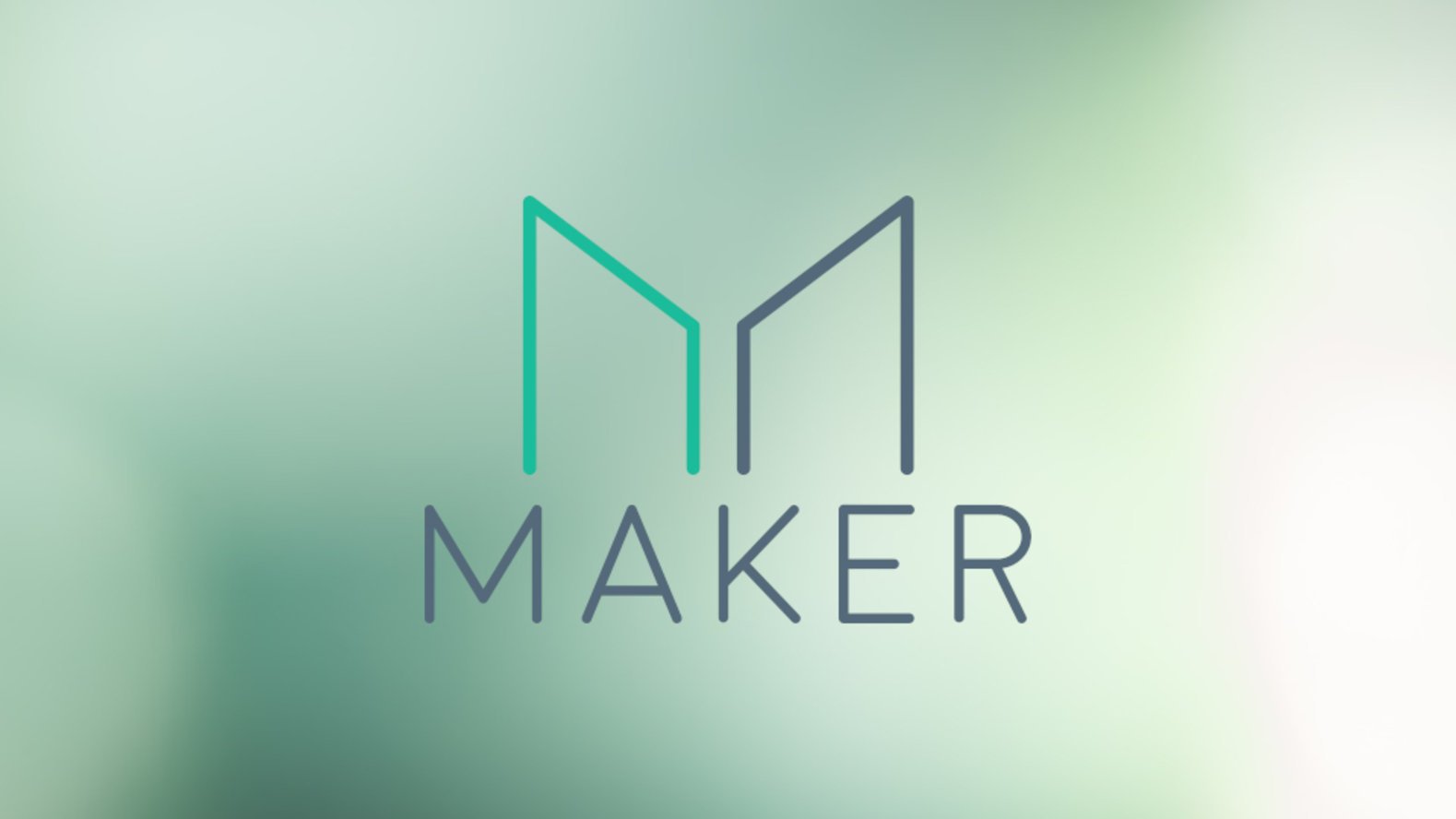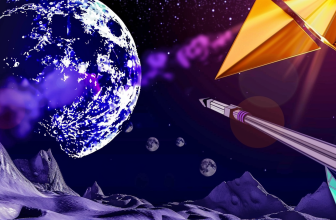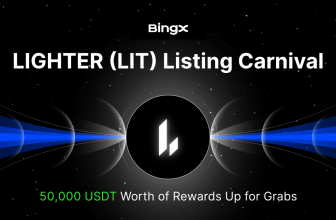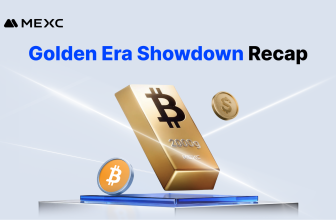
Key facts:
- Users will be able to make money by saving their Dai and pegging the token to various crypto currencies.
- Maker will enter a grace period on November 18 to migrate from the old one- token system to the new multi-coin one.
The MakerDAO community will soon be able to issue stable crypto coins backed by multiple digital assets, in addition to ether (ETH). The network developers have launched a new token, the Multicolateral DAI (MCD), which will integrate this function into the Maker protocol.
On November 15, MakerDAO announced the implementation of this new version of the token on the main network. They confirmed the start of an extensive migration process, an event that will allow users to exchange the possessions of the DAI currently running on the network – known as Sai – for the new multi-collateral Dai.
The new version of Maker will bring significant changes to the operation of the network. Also, users should be aware of all the details to migrate their possessions in Sai or CDP without major problems. This article will focus on explaining the most important points a Dai owner should know about Maker’s new token.
More collaterals and potential for earnings
One of the most outstanding features of the multi-collateral IAD is the ability to issue tokens anchored to various financial assets. Today, Maker users can generate a stablecoin (DAI) backed only by ETH. However, in the future when the MCD is in operation, it will be possible to generate stablecoins backed by multiple assets such as REP, BAT or OMG.
The community will help generate a list of collateral assets that will be eligible for support, which will be voted on in governance votes by MakerDAO governing nodes. Each of the proposed crypto currencies will be evaluated for market diversity, daily volume and stability for long-term approval.
The multi-collateral Dai will also introduce one of the most anticipated functions of the Maker ecosystem, the DAI savings rate (DSR). Users will be able to make additional profits by keeping stablecoins in their wallet. MakerDAO pointed out that the savings rate will not be generated from DAIs issued on a whim, but from the funds generated by the Stability Rates.
The developers point out that the possibility of saving with DAI will distinguish this stablecoin from other tokens in the market. It was also pointed out that this function may be profitable due to the link between the DAI price and the US dollar.
What should I know about migration?
Beyond the new options offered by the multi-collateral DAI, Maker users should be aware that they will have a limited period of time to exchange their current tokens for the MCD or lose their funds. This is because the developers rewrote the core of Maker’s smart contracts, making the new version of the protocol incompatible with the current DAIs.
The migration of tokens will begin on November 18, according to the press reports. However, before the exchange begins, users will need to participate in a governance voting process that will confirm community consensus on the implementation of the multi-collateral DAI. If the process is successful, the developers will publish a migration portal, which will facilitate the exchange of tokens for owners, exchanges, wallets and even Dapps.
The migration portal can be used by ordinary users, who must log in with their wallet and specify which funds they wish to exchange. The application has its own intuitive interface, says MakerDAO, which will guide users to convert their tokens without major problems. After the migration is complete, the portal sends the multi-collateral DAIs to the owner’s address.
Developers point out that there is still no set date to complete the migration process. What is publicly known is that the current DAI will be removed from the ecosystem exchanges, introducing the release of the new MCD.







